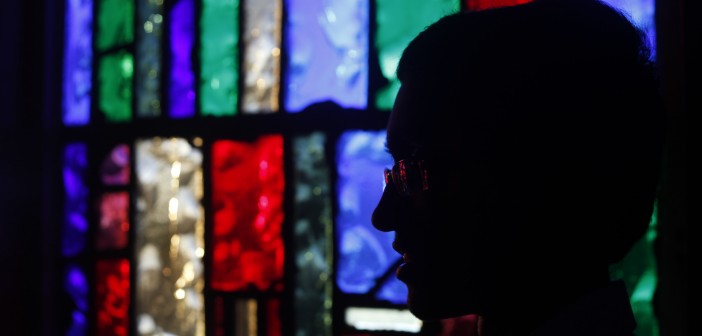Brooks Holifield of Candler School of Theology has offered a monumental service to the church in his comprehensive and richly documented history of clergy in what we now know as the United States. In God’s Ambassadors: A History of the Christian Clergy in America (Eerdmans, 2007).
Clergy embody “an irreducibly paradoxical relation to American culture.” This tension at the center of Christianity called for “priests and ministers to work within the culture and yet offend it repeatedly.
Holifield presents three arguments. First, he shows that clerical authority has assumed multiple forms over the years and has undergone continual evolution, greatly shaped by distinctive social and cultural factors. Second, the customary narrative of decline of the place of clergy in American society does not do justice to the complexity of history. Holifield reminds us that clergy never had an unchallenged influence in American life, even in seventeenth-century New England. Third, American churches and clergy understand in their theology and practice that ordained ministry is only partially a profession. While there are clearly professional dimensions to ministry, the professional model has never proved adequate for either clergy self-understanding or the church’s understanding of their vocation.
Alongside the three main arguments, the book proposes “a theological judgment, cast in a historical form.” Clergy have always argued that the source of their vocational authority is ultimately Christ to whom all fidelity is due. At the same time, Christian clergy have inherited a gospel that is both “world denying and world affirming.” The result is that clergy embody “an irreducibly paradoxical relation to American culture.” This tension at the center of Christianity called for “priests and ministers to work within the culture and yet offend it repeatedly. They were to adapt themselves to its forms while proclaiming that the Spirit makes all things new and renders every form merely provisional.”
Holifield contends that this tension between immanence and transcendence helps to explain partially “the tendency of priests and ministers in almost every period of American history to view their office as a calling in crisis.” The book documents that current concerns such as clergy ineffectiveness, declining cultural status, and failings of one kind or another have long histories in American clerical history. “Self-doubt,” Holifield writes, “appears to have been the vocation’s constant companion.”
But the recurring sense of crisis is also a sign of how hard it is for clergy to live with the paradox of working within and affirming a cultural context, while at the same time knowing that no society reflects fully God’s reign as it is known in Jesus Christ. While a few clergy may fail to understand the tension, most are acutely aware that the world is of God, but the ways of the world are never synonymous with God’s ultimate will. As difficult as the tension may be, the alternatives of identifying totally with culture or becoming marginal to the larger culture are even worse options.
Holifield demonstrates why he is known for his wisdom, and not only his scholarship, as he resists the temptation to identify certain clergy in history as “baptizers of culture” and to identify others as prophets standing up to the culture. Holifield is right that “all priests and ministers both affirm and deny; they legitimate cultural forms and subvert them.” No one is pure. Even those most associated with “prophetic witness” have made their own compromises. Such tension is never comfortable for clergy. It means clergy are at times the voice of tradition and at other times the voice of the “not yet.” In some situations clergy may be the most conserving force and in other situations the most liberating. At times clergy are the defenders of what is and at other times its critics.
Clergy function in the midst of competing values. To ask the question, “Which way should I lean in this situation?” is not a surrender of integrity. Integrity does not mean doing and saying the same thing in every situation. There must be consistency of overall values and goals. However, different occasions call for different responses. The test in any situation is not a legalistic consistency but a response appropriate to the needs of a particular moment. Giving attention to which way one should lean as a leader in a given circumstance is not the same as “playing to the gallery.” The question one is asking is not “What do people want?” The question is “What is most needed?”
Another recent book illustrates well an attempt by a pastor to live within such tension with integrity. Adam Hamilton’s Seeing Gray in a World of Black and White: Thoughts on Religion, Morality, and Politics (Abingdon, 2008) reminds us how poorly the church and the world have been served by the Old Left and the New Right, who take partial truth and present it as the whole truth. Hamilton provides a prophetic alternative voice to partisan advocates with their barren polarities and tiresome polemics and takes seriously the inevitable pastoral tension.
All clergy need to remember that ordination does not mean God’s wisdom is synonymous with our wisdom. Danger awaits when God’s truth becomes synonymous with my wisdom, theology, or politics.
There is no need for clergy either to fear or glamorize tension. Holifield’s fine book helps us understand that such tension simply “goes with the territory” and that we follow in a long line of American clergy who have struggled with many of the same dilemmas.






